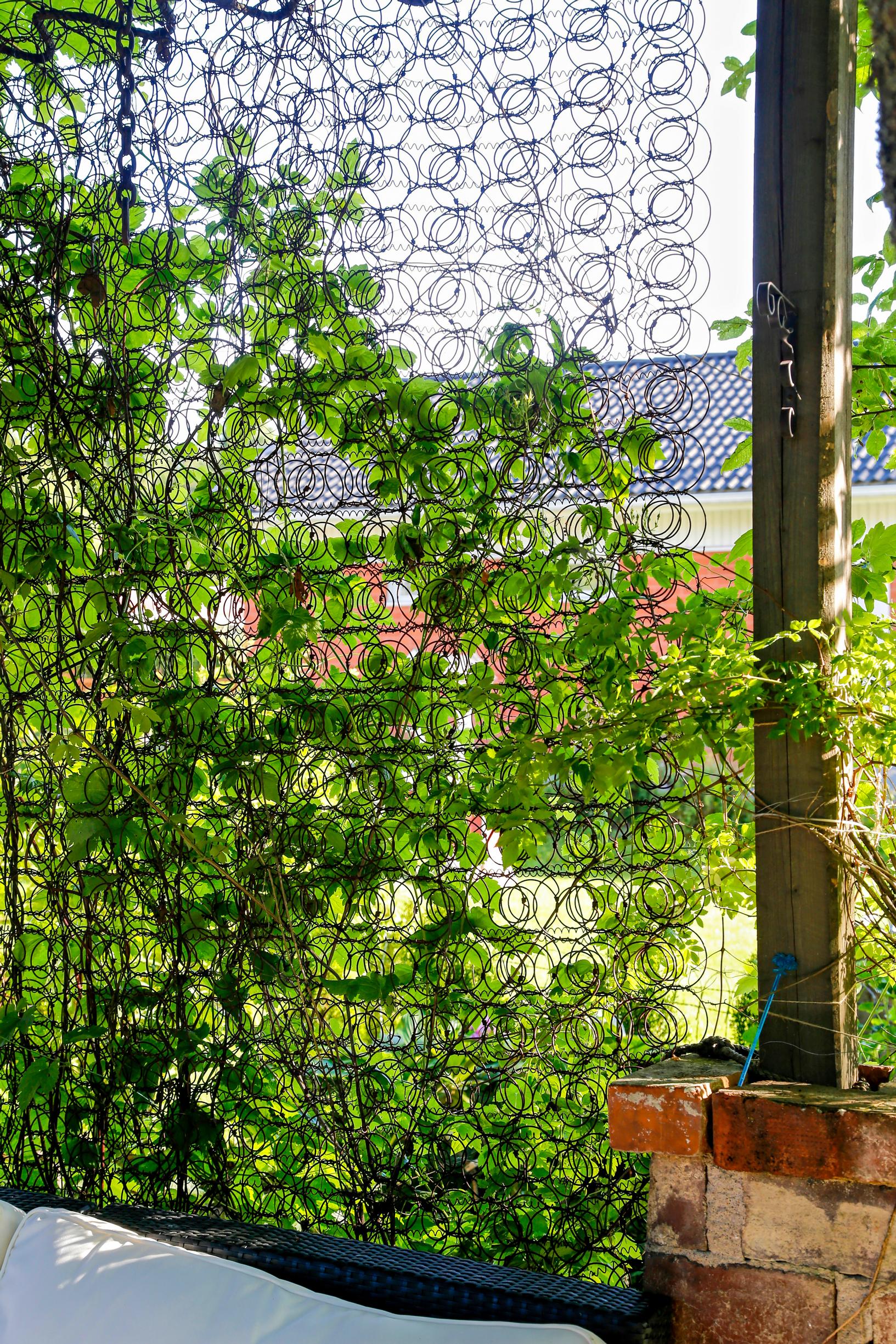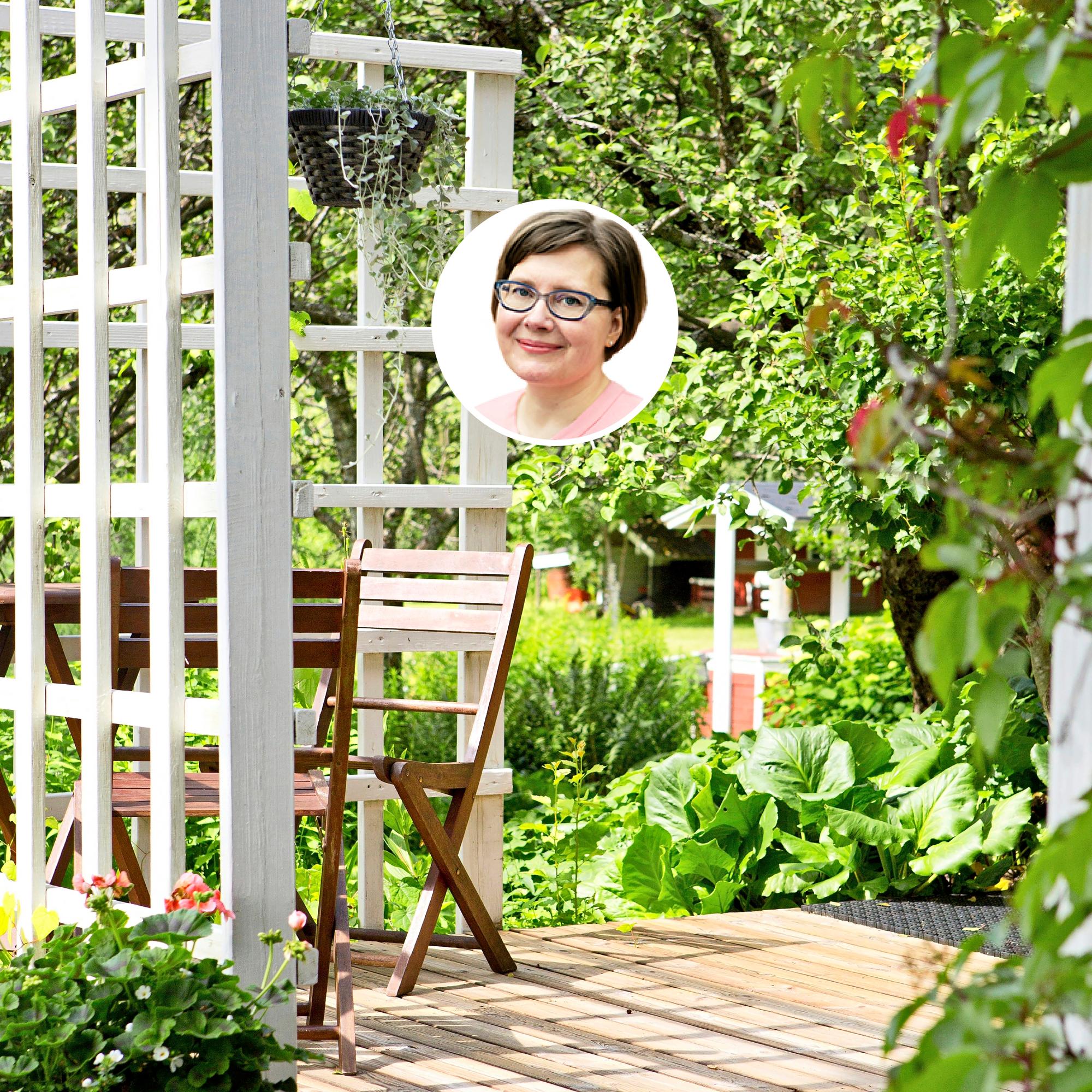
Privacy screen for your terrace—a garden designers tips for the best option
What should you consider when planning a privacy screen for your terrace? Garden designer Sari Lampinen gives her best tips.
“When you start planning a privacy screen for your terrace, consider these questions: Which direction needs the most coverage? Do passersby on a nearby walkway, a neighbor’s terrace, or views from a higher balcony bother you? How much space do you have for the screen? Do you need coverage year-round or only during the summer months?”
It’s important to pinpoint exactly where the unwanted lines of sight are. That way, you can position your privacy screen in just the right spot and avoid overly heavy solutions. It’s also worth considering whether the screen should go right next to the terrace or closer to the property line. Often, combining different elements creates the most natural solution. The whole terrace doesn't need to be enclosed. That way, you keep a closer connection to your garden and the surrounding nature.
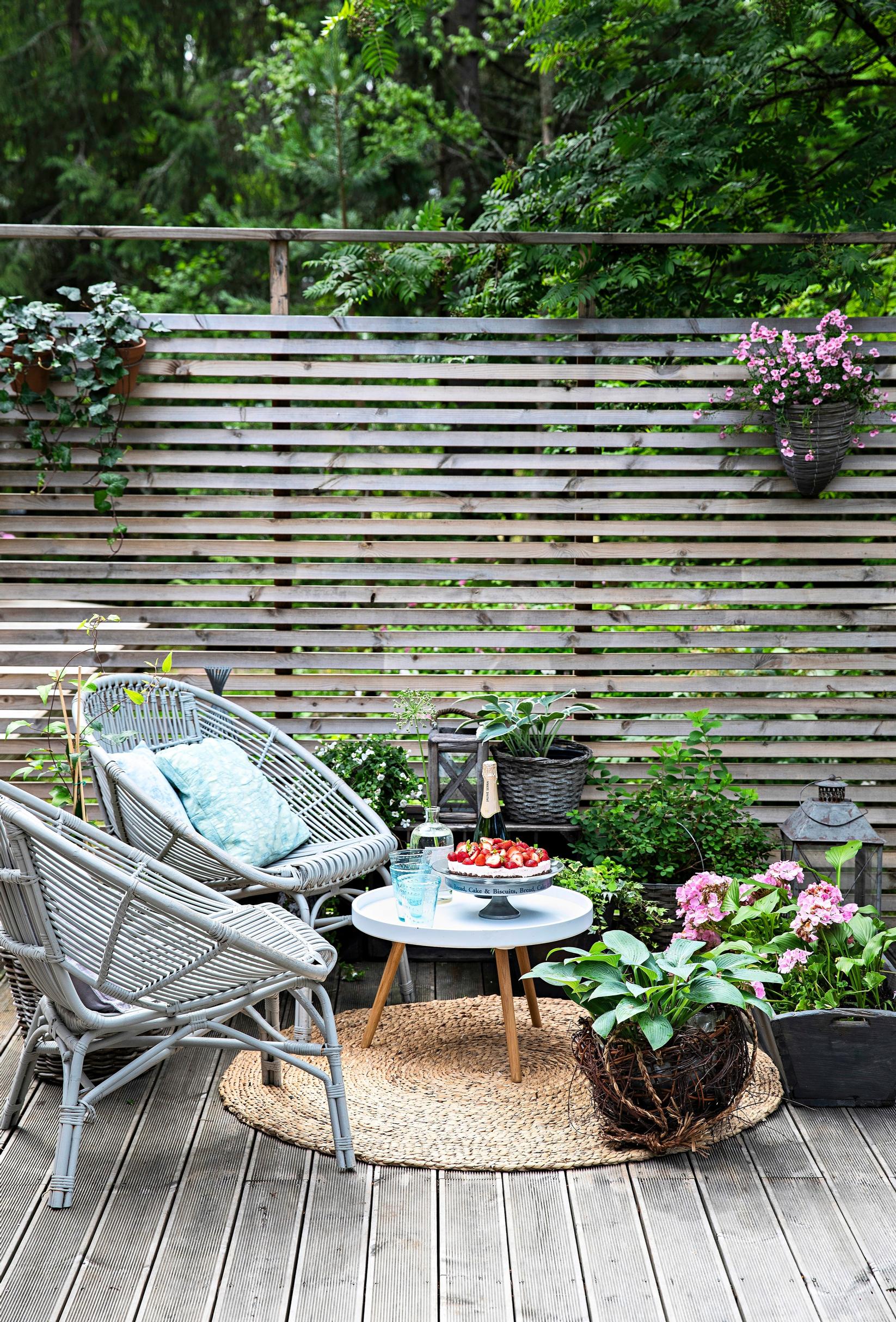
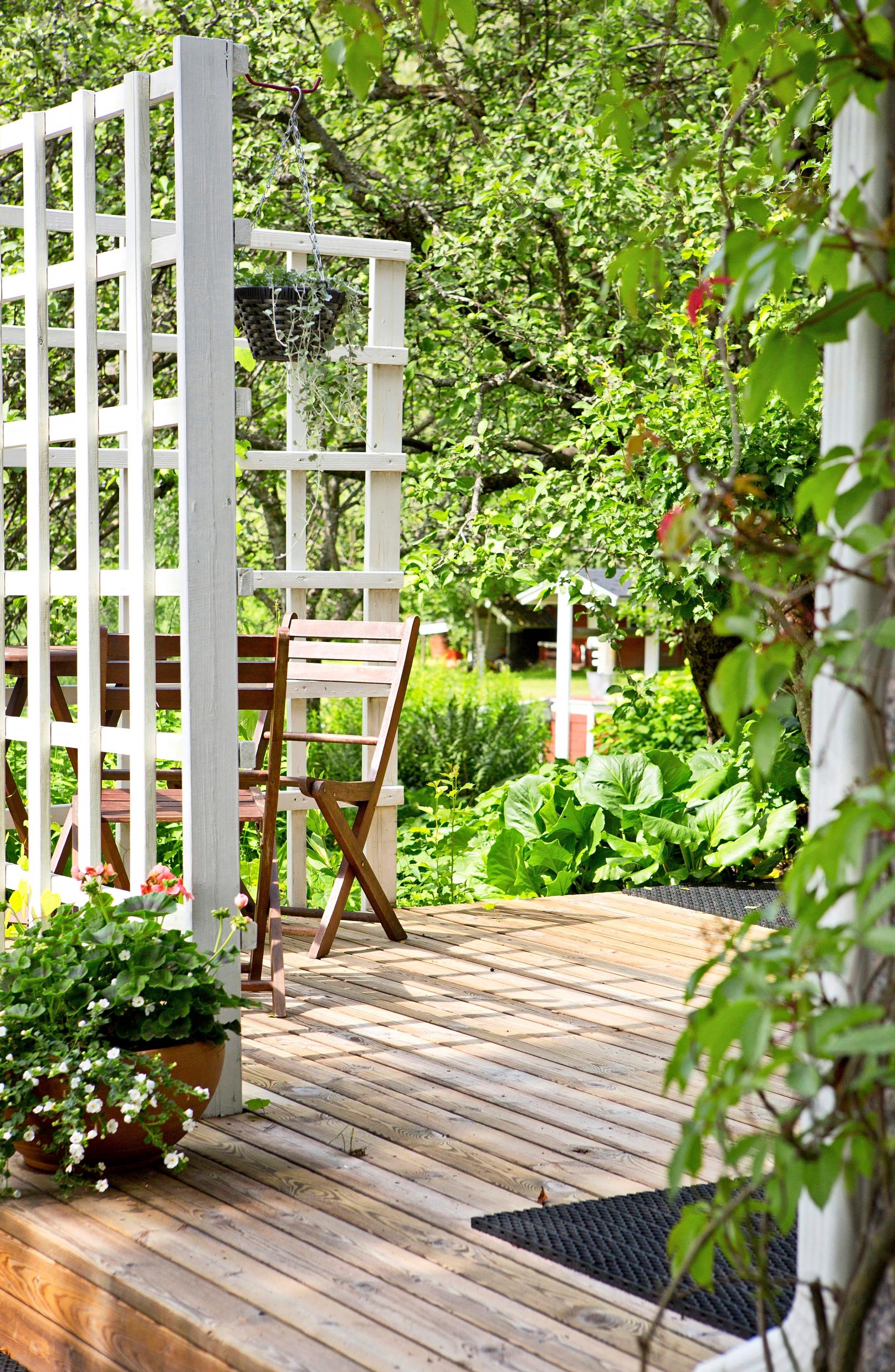
From above or angled overhead views can be especially challenging to block. In that case, consider sun sails, terrace umbrellas, or thoughtfully placed pergolas.
Often, you only need a privacy screen in the summer. Then you have plenty of options with trees, shrubs, and climbing plants as well as various fixed or movable structures. Pergolas, wall panels, trellises, and lattices with climbing plants are a good way to provide privacy even in a smaller yard. Tall planters on the terrace may also be enough. If you have more space, opt for layered plantings that block the view of the terrace.
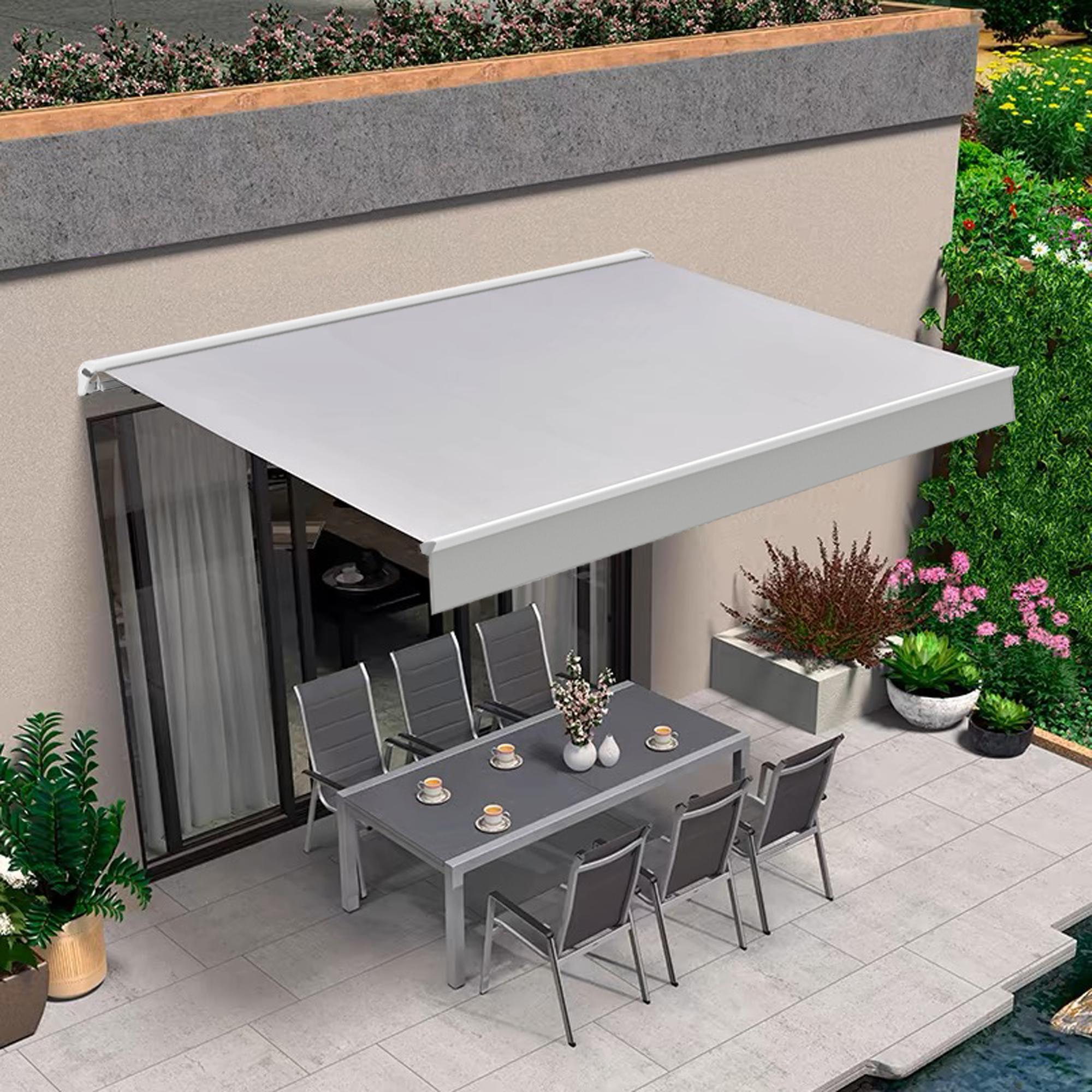
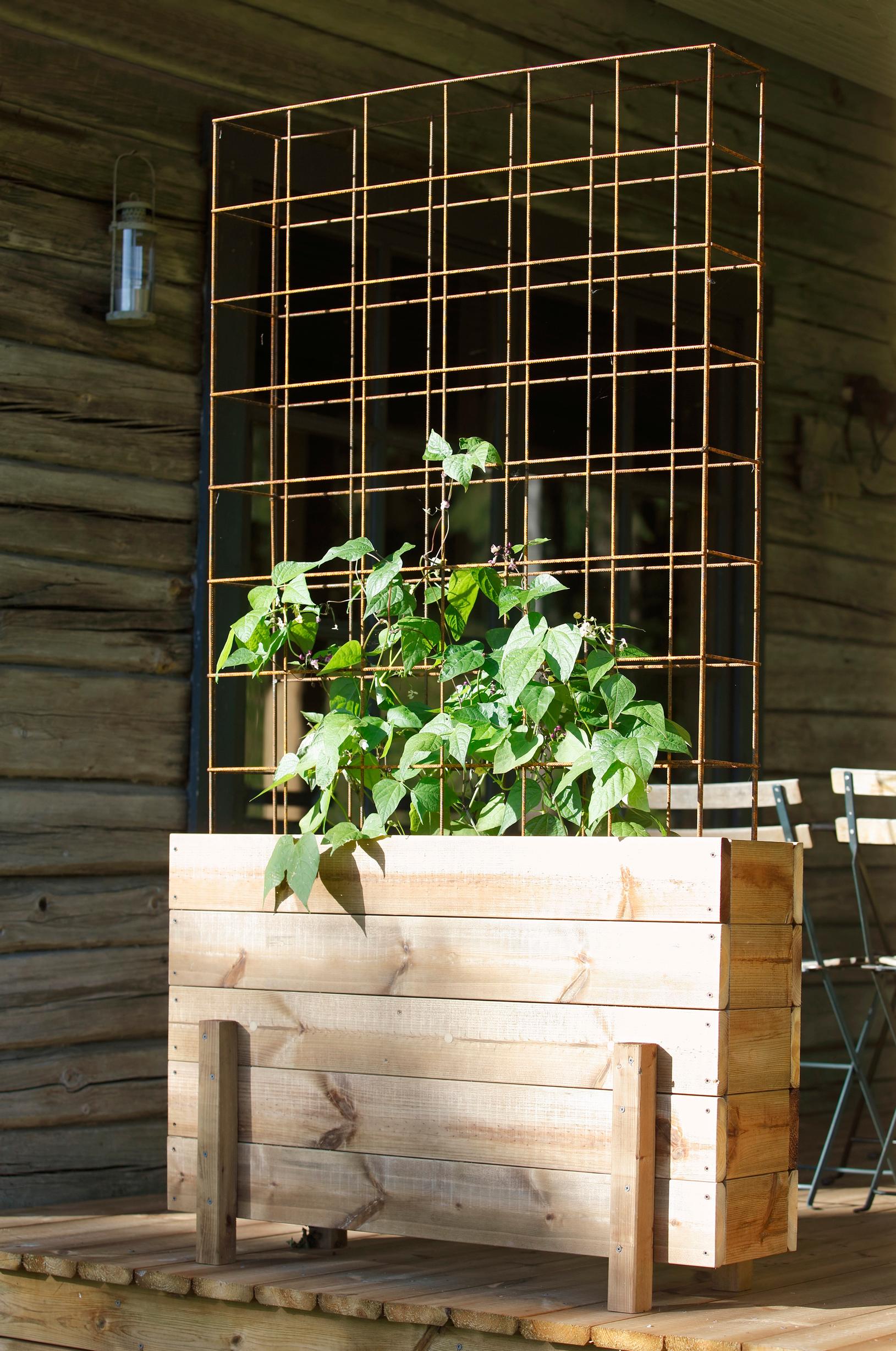
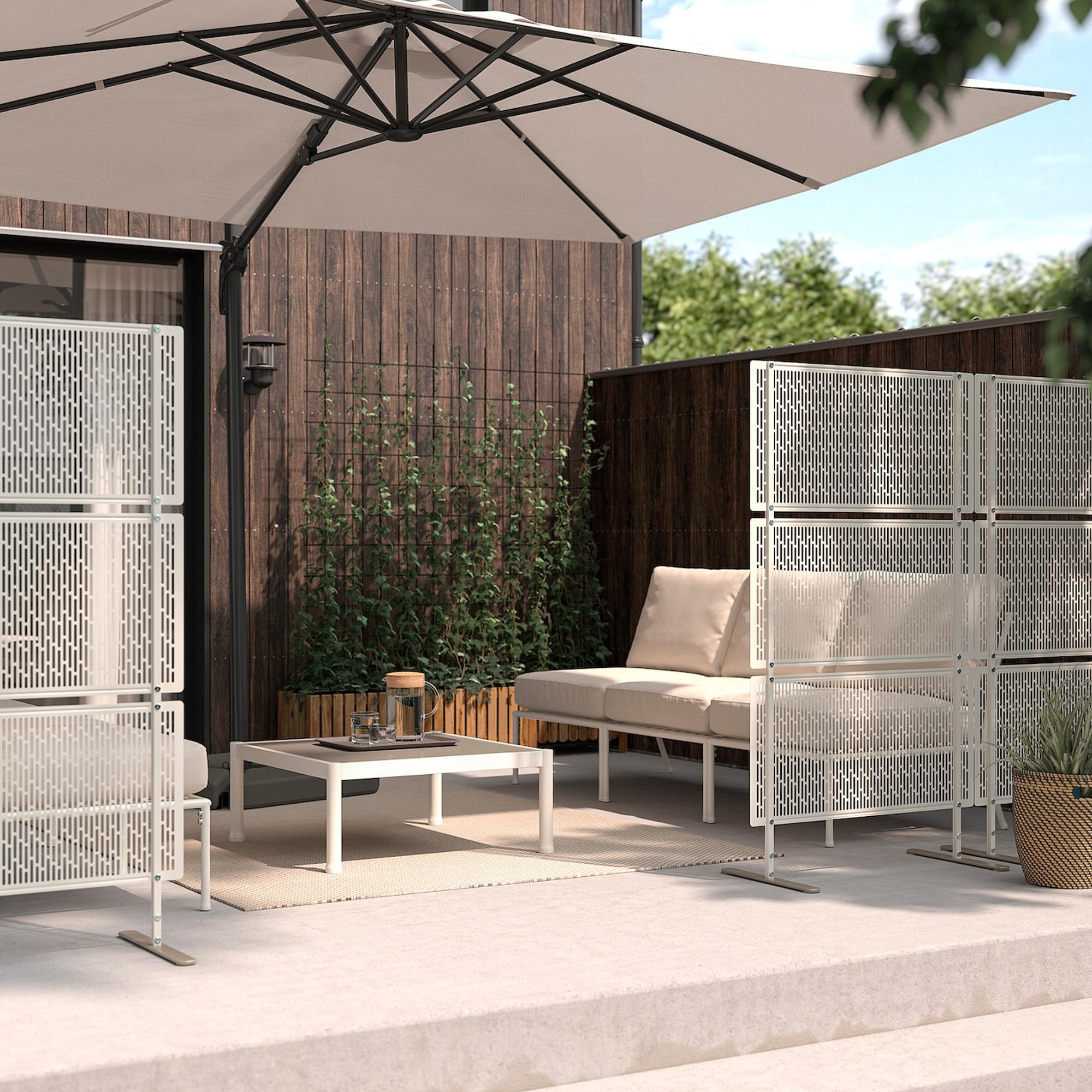
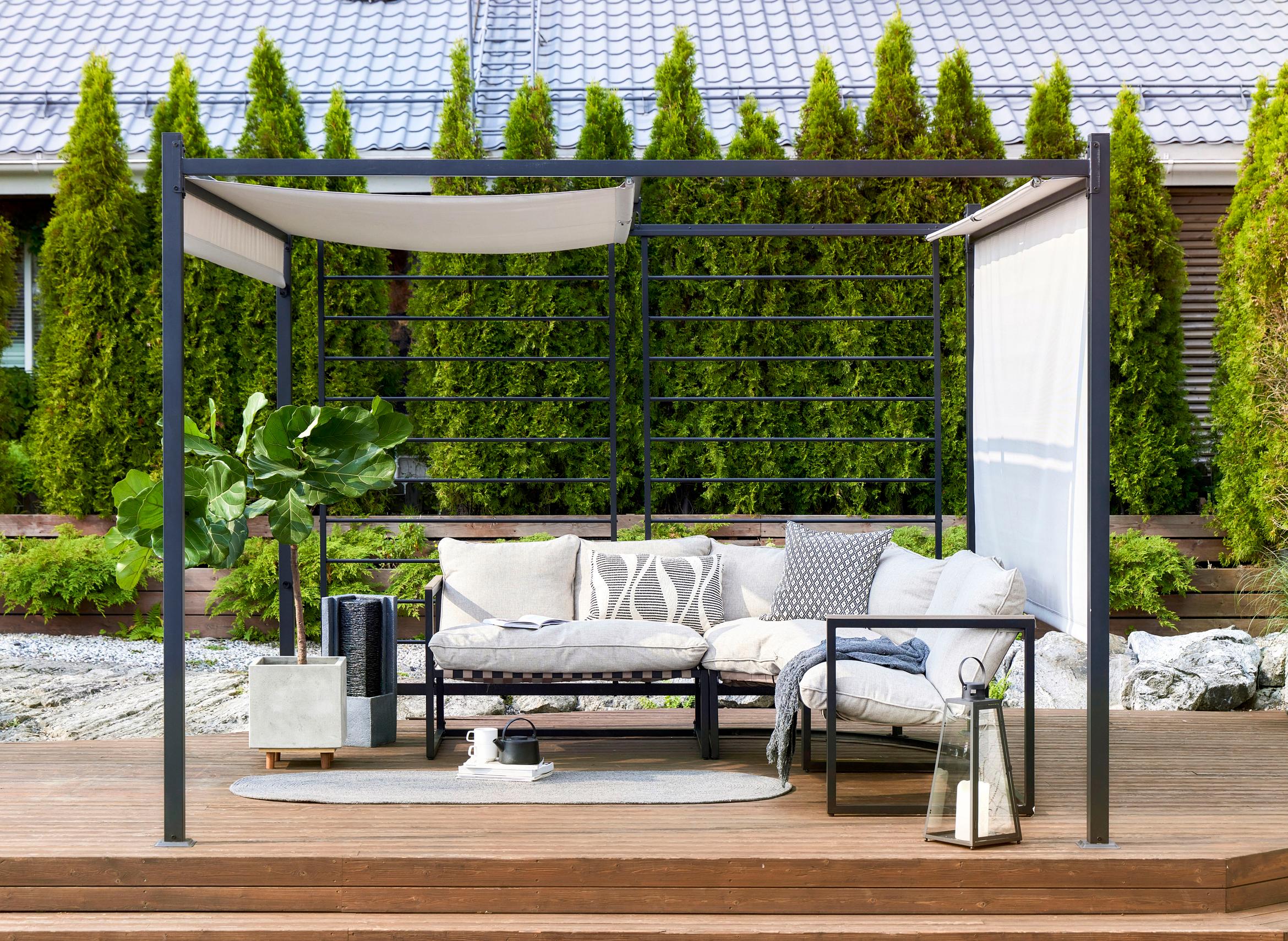
Fixed structures, such as walls, fences, and slatted panels, or evergreen plants, offer privacy all year round. A thuja hedge is a popular choice. A spruce hedge [in Finnish] or various conifers are also worth considering if you have enough space. When designing permanent structures or planting evergreens, make sure they won’t block indoor light in winter.
When designing permanent structures or planting evergreens, make sure they won’t block indoor light in winter.
Wind exposure on your terrace will affect how sturdy your structures need to be and how resilient your plants should be. On a sheltered or glass-enclosed terrace, you can opt for freestanding or movable wall panels, with louvers, blinds, or roller shades. They take up little space and also protect you from the sun.
Aim for a solution that naturally fits the style and feel of your garden.”
